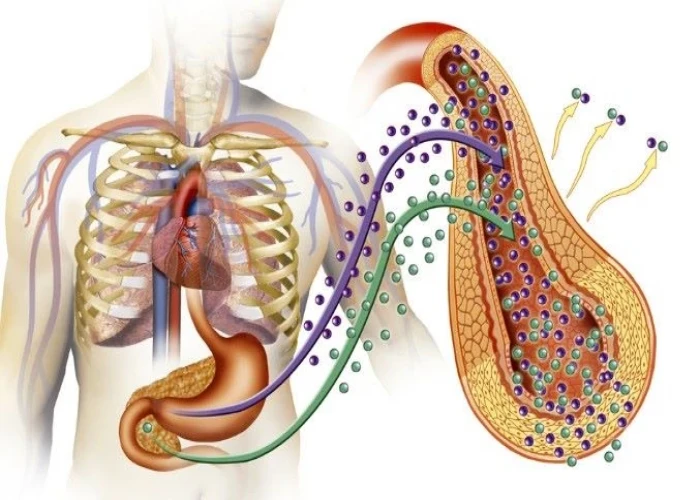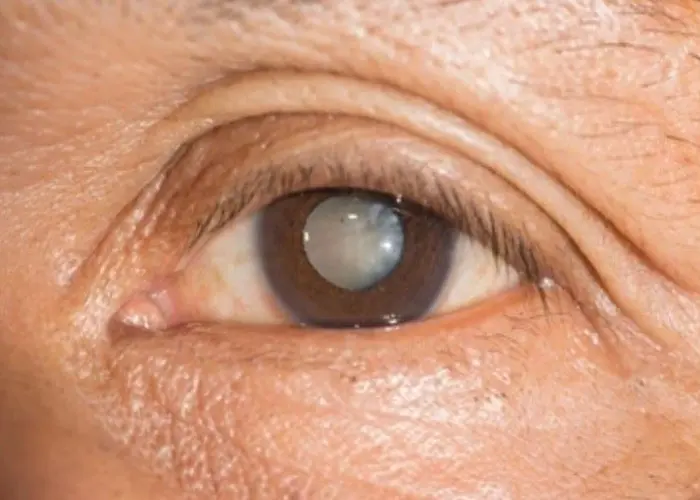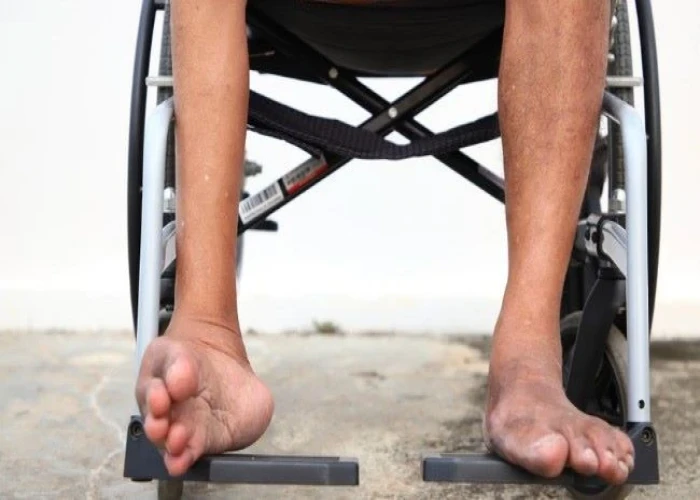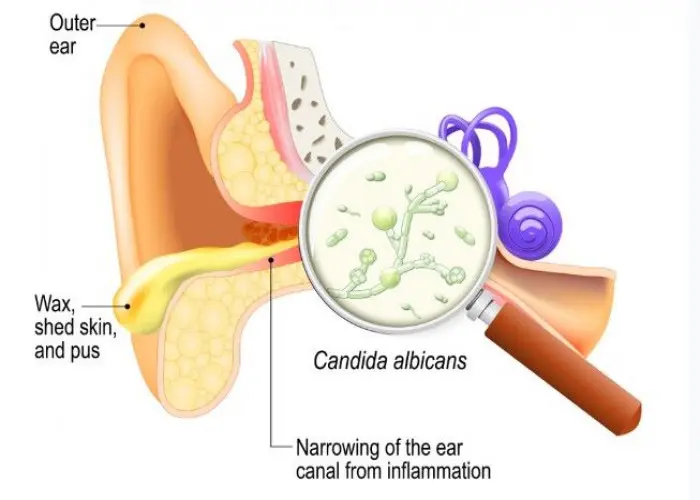 Welcome
Welcome
“May all be happy, may all be healed, may all be at peace and may no one ever suffer."
Sweet's syndrome

Sweet's syndrome, also known as acute febrile neutrophilic dermatosis, is a rare condition characterized by fever, skin lesions, and an increased number of white blood cells called neutrophils.
The exact cause of Sweet's syndrome is not fully understood, but it is thought to be an immune system reaction triggered by an infection, medication, or an underlying medical condition such as cancer, autoimmune disease, or inflammatory bowel disease.
The symptoms of Sweet's syndrome typically include:
- Sudden onset of fever
- Painful red or purple skin lesions, often on the face, neck, arms, or trunk
- Elevated white blood cell count, particularly neutrophils
- Joint pain and swelling
- Fatigue and malaise
Treatment for Sweet's syndrome involves managing the underlying cause and relieving symptoms. This may include corticosteroids to reduce inflammation, as well as medications to address the underlying medical condition. In some cases, Sweet's syndrome may resolve on its own without treatment.
It is important to note that Sweet's syndrome can be mistaken for other skin conditions, and a proper diagnosis should be made by a healthcare professional.
Research Papers
Disease Signs and Symptoms
- Fever
- Skin bumps
- Bumps that grow quickly in size, spreading into painful clusters up to an inch (2.5 centimeters) in diameter
Disease Causes
Sweet's syndrome
In most cases, the cause of Sweet's syndrome isn't known. The condition is sometimes associated with blood cancers, such as leukemia, or solid tumors, such as breast or colon cancer. It might also occur as a reaction to a medication — most commonly a type of drug that boosts production of white blood cells.
Disease Prevents
Disease Treatments
Sweet's syndrome might go away without treatment. But medications can speed the process. The most common medications used for this condition are corticosteroids:
- Pills. Oral corticosteroids, such as prednisone, work very well but will affect your entire body. Unless you only have a few lesions, you'll likely need to take oral corticosteroids. Long-term use can cause side effects, such as weight gain, insomnia and weakened bones.
- Creams or ointments. These preparations usually affect just the portion of skin where they're applied, but they can cause thinning skin.
- Injections. Another option is to inject a small amount of corticosteroid right into each lesion. This may be less feasible for people who have many lesions.
You'll need to take the drug for several weeks to prevent relapse. If long-term corticosteroid use is a problem for you, ask your doctor about other prescription medications that might help. Some common alternatives to corticosteroids are:
- Dapsone
- Potassium iodide
- Colchicine (Colcrys, Mitigare)
Disease Diagnoses
Disease Allopathic Generics
Disease Ayurvedic Generics
Disease Homeopathic Generics
Disease yoga
Sweet's syndrome and Learn More about Diseases

Pheochromocytoma

Cataracts

Separation anxiety disorder

Polio

Swimmer's ear

Cellulite

Anterior prolapse (cystocele)

Vasculitis
sweet's syndrome, সুইটস সিনড্রোম
To be happy, beautiful, healthy, wealthy, hale and long-lived stay with DM3S.
